Honda Jazz Review, First Drive
Premium hatchbacks have been the prime choice for many mainstream buyers. However, the Honda Jazz has been on a sales decline despite offering dollops of practicality. With the mid-life makeover, Honda has upped the ante with the 2018 Jazz. Read on.
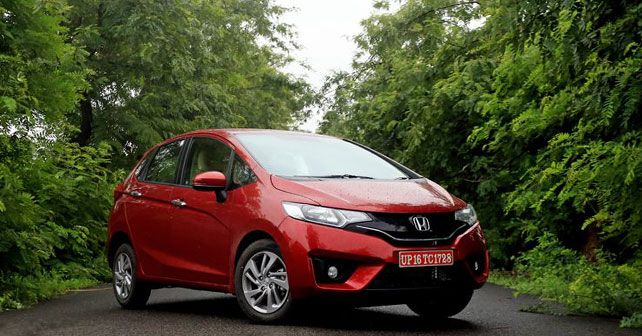
We drive the new 2018 Honda Jazz that comes with very few cosmetic updates, but this model update does bring the car up to speed in terms of a few features that have become segment-standard equipment in the premium hatchback space.
There hasn’t been too much stir in the premium hatchback space off late. The only notable change recently was the launch of the updated Hyundai i20 at the 2018 Auto Expo earlier this year. Maruti Suzuki took the B-segment hatchback market by storm with the launch of its Swift at the expo too. But why am I mentioning the Swift here? Well, The Jazz retails at ₹9.29 lakh (ex-showroom Delhi) and Maruti Suzuki’s premium hatch, the Baleno bears a price tag of ₹8.49 lakh (ex-showroom Delhi), and meanwhile the Swift at ₹8.29 lakh is ₹20,000 more affordable. As for the i20, that wears a sticker price of ₹9.21 lakh (ex-showroom Delhi). So, you see, the border between B-Segment and premium hatchbacks is beginning to get a little hazy. But that’s a tale for another day.
For today, we’re driving the updated 2018 model year Honda Jazz. And on the face of it, there aren’t too many changes upfront. The notable exterior change is the incorporation of LED strips on the pillar lamps. And if you look closer, you’ll notice the touch sensitive door lock/unlock buttons on the front door handles. Step inside, and it’s much the same story. The interiors remain identical to that of the earlier model apart from one change that stands out distinctly, the new 17.7-inch touchscreen infotainment system that comes with Android Auto and Apple CarPlay connectivity. And while the system has everything in place, it doesn’t feel as modern as it should – Baleno/Swift system's voice command functionality remains unbeaten. Also, the rear camera display is a little too dark. Coming back to the updates, there is a 1.5-amp USB phone charging socket beside the USB port for the infotainment system. And then there is the engine start/stop button which comes with the update.
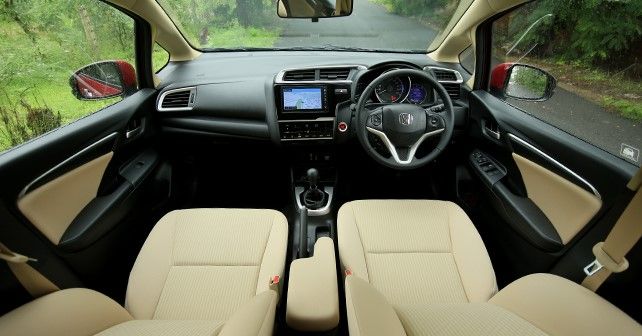
Hit the starter button, and the 1.5-litre i-DTEC comes to life with a familiar rumble. Ever since this engine hit the market, it has been the centre of criticism over its NVH levels. Yes, it’s loud. But that’s because this unit has an all-aluminium head and block construction. And this setup does have higher NVH levels compared to cast iron blocks. But as you may be aware, the upshot here is that aluminium is lighter than cast iron, which means better fuel efficiency. At the same time, you have to commend Honda for the way it has tuned this engine. Turbo lag is virtually non-existent from 1,000rpm, and you barely notice when the full 200Nm of torque kicks in at 1,750rpm, which means there is no uncouth shove-in-your-back acceleration as the turbo spools. And even though this car has 98bhp on tap, it has been setup with efficiency in mind. It's worth mentioning at this point that I have had a Long Term Honda Jazz diesel, and I can attest that its real world urban fuel efficiency of 24.4 km/l is impressive. None of its rivals even come close on this front!
You can read more about my Jazz diesel fuel-efficiency runs here - Honda Jazz Long Term Review: February 2017
And therein lies the nature of the Jazz. This isn’t a car for out and out acceleration runs. It's meant to calm your nerves with its smooth nature. Visibility out of the cabin from all angles is excellent and all of this combined means that it's very easy to drive this car in our unruly urban environs. At this point, an eagle-eyed reader may raise the question – how the high NVH of the Jazz diesel can calm your nerves. Well, most people tend to have the stereo on when they drive, which, to an extent, negates some of the noise, but not all of it. There’s no getting away from the noise, however, if the stereo is not on. Besides, it's at initial acceleration where the NVH is most evident, post which it tends to settle down at constant speeds. Having said that, there is no getting away from the fact there is a fair bit of tyre rolling noise over abrasive or broken tarmac. And it’s always evident.

I drove the car around a mix of slow urban traffic and expressways and noticed that there have been no changes to the powertrain. So, it remains identical to the earlier model on the road. As mentioned earlier, acceleration is linear. But keep the motor on the boil and progress can be fairly brisk. The gear ratios are well spaced and thanks to negligible turbo lag, you don’t have to change gears too often. Out on the expressway, you can engage the cruise control system and enjoy the ride. And while this time I was bound by legal speed limits, there have been times when I clocked in excess of 180 km/h in our Long Term Jazz at a closed circuit. So, while acceleration maybe linear, this is no slow coach, and the Jazz can really stretch its legs if need be.
And while that’s all well and good, it’s true that the Jazz wasn’t designed to be a tarmac scorcher. So, when you attack high speed bends, there is some body roll. But it’s well controlled, and the car stays balanced at all times. And the grip of its 175/70 section MRF ZVTV tyres was surprisingly impressive too, especially on wet surface.
But this car is really all about being a family mobile. And on that count, no other premium hatchback comes even close. For with its class-leading head and shoulder room, rear seat space and 354 litres of boot space, the Jazz retains its king-size status in its segment. The only issue now is not entirely the lack of the magic seats themselves, but that the rear seat backrest does not have a split setup. That aside, the final element that cements the Jazz’s reputation as a commendable family car is its suspension setup. It simply dismisses road undulations and potholes with such aplomb that it deserves mention. Both cushioning and noise insulation are impressive for its segment.
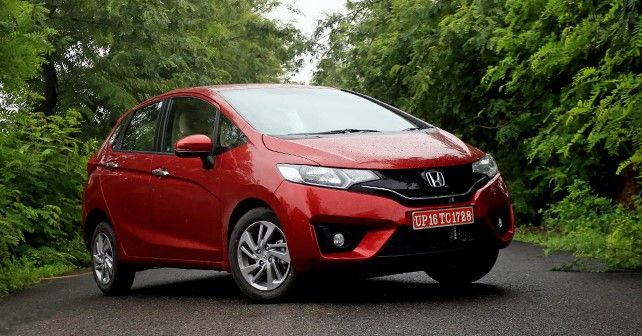
The Jazz has always been one to stand away from the crowd. You buy this car with your head more than your heart. It's tough to beat on the practicality front and impossible to beat on the efficiency front. The new update has given a few features that are now becoming standard fitment on top-end variants of premium hatchbacks. However, it still misses out on a few things, such as projector lamps with automatic operation and telescopically adjustable steering column. But then if you are looking for a practical, easy to drive, comfortable and efficient premium hatchback, it’s hard to look away from the Jazz.
Engine: 1,498cc / 4-Cylinders / 16-Valves DOHC / Turbocharged
Fuel: Diesel
Transmission: 6-Speed Manual / Front-Wheel Drive
Power: 98bhp @ 3,600rpm
Torque: 200Nm @ 1,750rpm
Price: Rs. 9.29 lakh (ex-showroom Delhi)
X-Factor: The most fuel efficient and spacious premium hatch on the market.
|
Pros |
Cons |

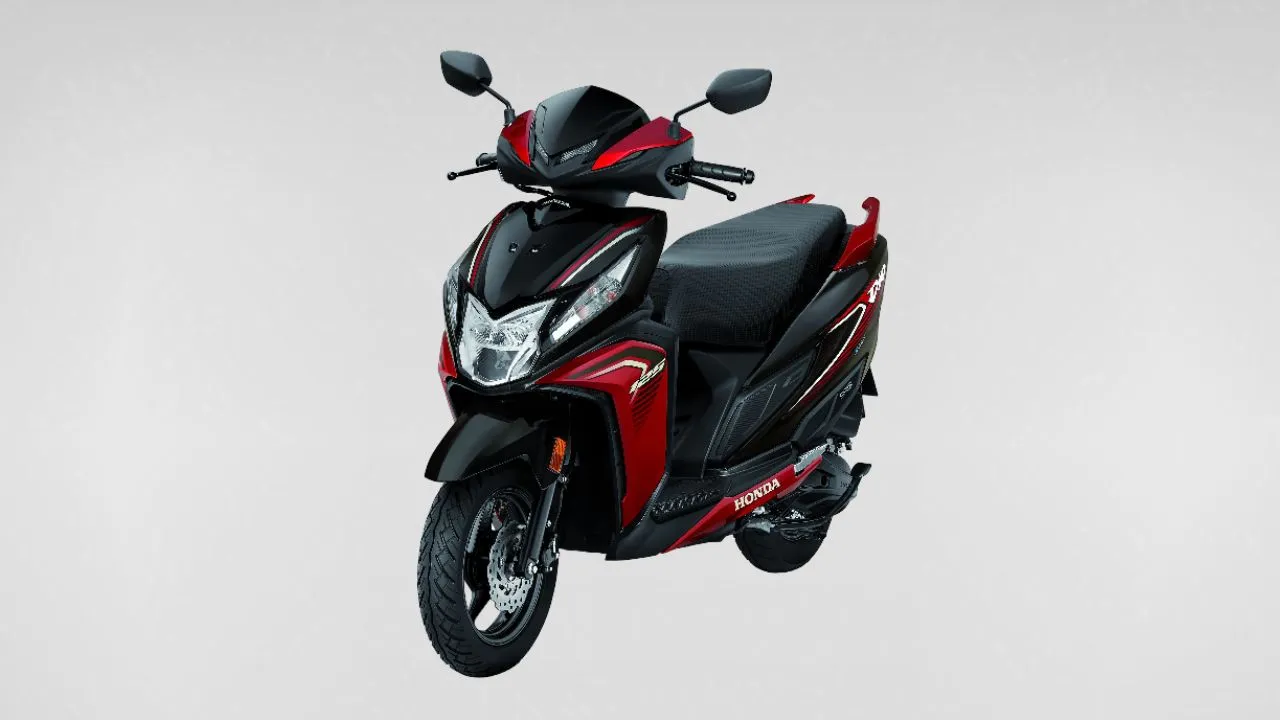

.webp)



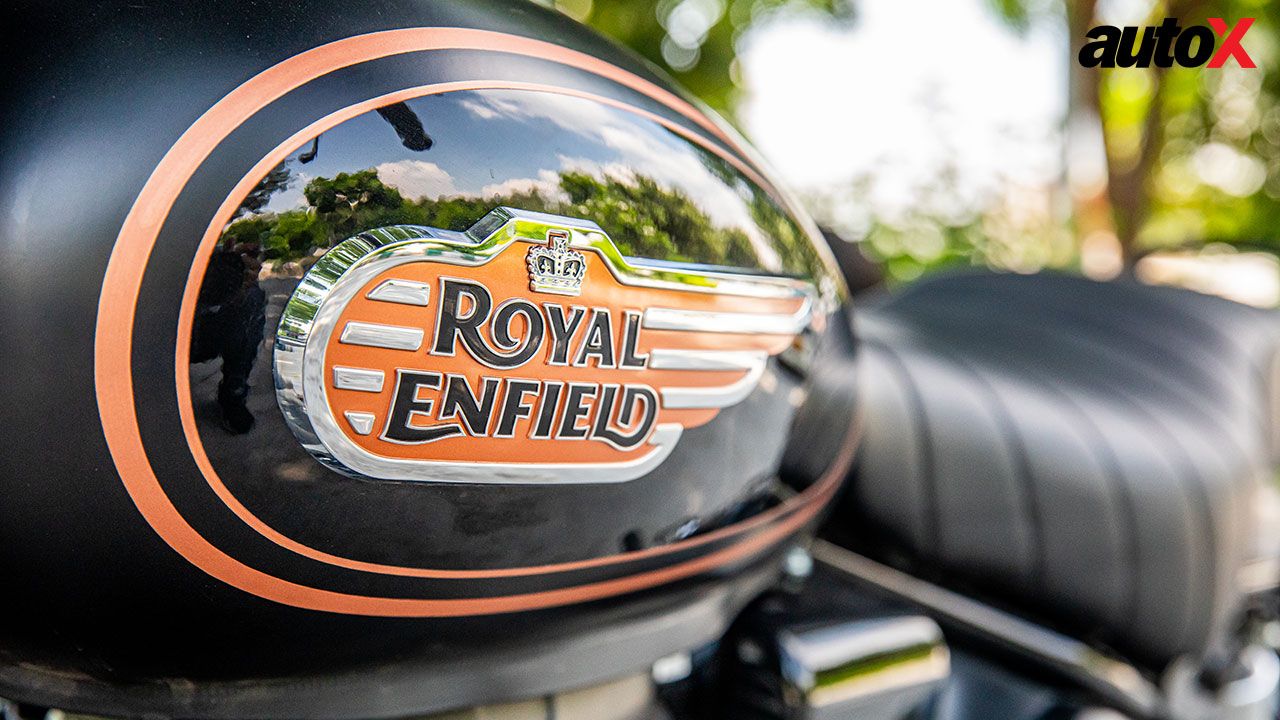

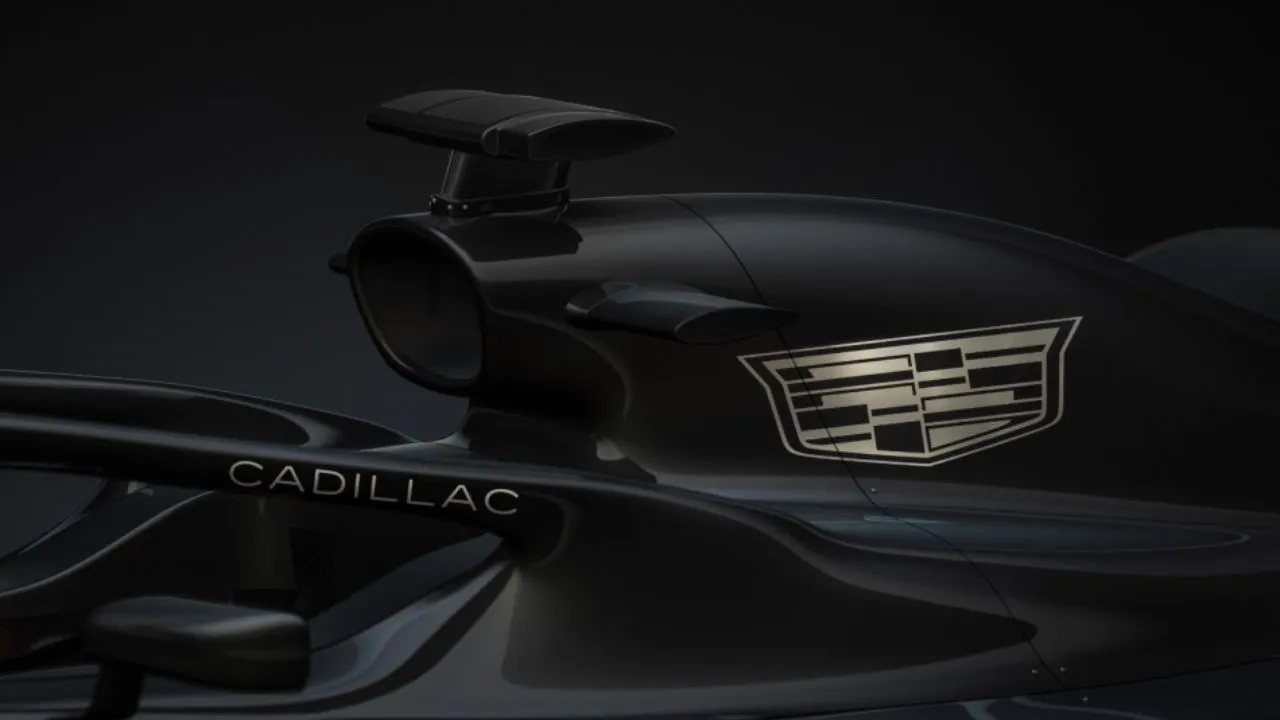

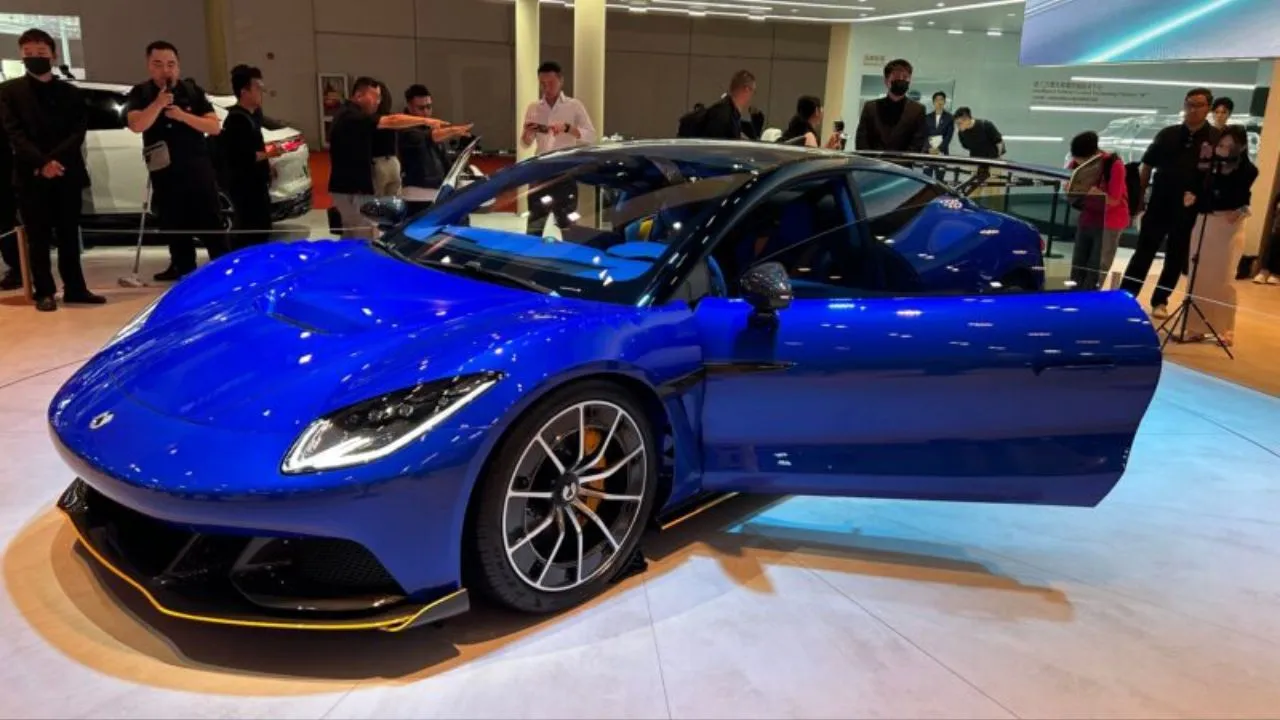



















Write your Comment on